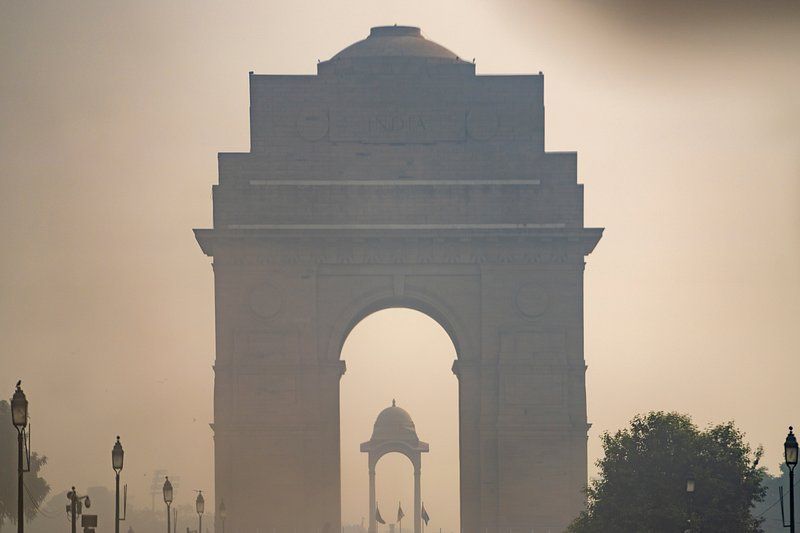The Russia-Ukraine Conflict and the Israel-Hamas War: A Hidden Struggle Between Superpowers?

The ongoing conflicts in Ukraine and Israel are two of the most significant global crises of recent times. On one side, the Russia-Ukraine war has drawn in European and NATO countries, led by the United States, in a struggle against Russian aggression. On the other side, the Israel-Hamas war has reignited tensions in the Middle East, with the United States backing Israel while other powers, including Russia, play a more nuanced role. Though seemingly distinct, these conflicts have underlying dynamics that suggest a broader geopolitical struggle between the United States and Russia, with both superpowers maneuvering for global influence through these regional wars.
Russia-Ukraine War: A Direct Challenge to Western Influence
The Russia-Ukraine war, which began in 2014 with the annexation of Crimea and escalated into a full-scale invasion in 2022, represents a direct challenge by Russia to the post-Cold War European order. Russia’s actions in Ukraine are driven by a combination of strategic, historical, and ideological motivations. Strategically, Russia seeks to prevent Ukraine from joining NATO and the European Union, which Moscow perceives as a direct threat to its security and influence in its near abroad. Historically, Russia views Ukraine as part of its sphere of influence, with deep cultural and political ties dating back centuries.
The United States, along with its NATO allies, has responded to Russia’s aggression with military aid to Ukraine, economic sanctions on Russia, and diplomatic efforts to isolate Moscow on the international stage. This support for Ukraine is part of a broader strategy to contain Russia’s influence and prevent the re-establishment of a Russian sphere of influence in Eastern Europe.
Israel-Hamas War: A Proxy Arena for Geopolitical Rivalries
The Israel-Hamas war, while rooted in the longstanding Israeli-Palestinian conflict, has broader implications for global geopolitics. The United States has historically been Israel’s staunchest ally, providing military, economic, and diplomatic support. This support is part of a broader strategy to maintain influence in the Middle East, a region critical to global energy supplies and home to several U.S. allies.
Russia, on the other hand, has played a more complex role in the Middle East, maintaining relationships with a variety of actors, including Israel, Iran, and Syria. While Russia has not openly supported Hamas, it has positioned itself as a counterbalance to U.S. influence in the region, advocating for diplomatic solutions that often run counter to American interests.
The Israel-Hamas conflict thus becomes another stage where U.S. and Russian interests collide. While the U.S. backs Israel, Russia’s relationships with other regional powers allow it to exert influence in ways that challenge American dominance.
The Hidden Struggle: A New Cold War?
When viewed together, the Russia-Ukraine war and the Israel-Hamas conflict suggest a broader, hidden struggle between the United States and Russia. In Ukraine, Russia directly challenges U.S. and NATO influence in Europe. In the Middle East, Russia subtly counters U.S. policies by aligning with actors opposed to American interests, even if not overtly supporting Hamas.
This dynamic is reminiscent of the Cold War, where the United States and the Soviet Union often engaged in indirect conflicts through proxy wars and regional alliances. However, the current situation is more complex, with a multipolar world order where other powers like China, Iran, and Turkey also play significant roles.
The United States and Russia, while not engaging in direct military conflict, are locked in a strategic competition that manifests in regional conflicts like those in Ukraine and Israel. This competition is not just about territory or immediate geopolitical gains but also about the broader struggle for global influence in a rapidly changing world.
Conclusion
The Russia-Ukraine war and the Israel-Hamas conflict are not just isolated regional crises but part of a larger, hidden struggle between the world’s great powers. On one side, Russia challenges Western influence in Europe; on the other, the United States supports its allies in the Middle East. These conflicts, when viewed together, suggest a new form of geopolitical competition reminiscent of the Cold War, where the stakes are global influence and the future of international order. As these wars continue, the hidden struggle between the United States and Russia will likely intensify, shaping the global landscape for years to come.








